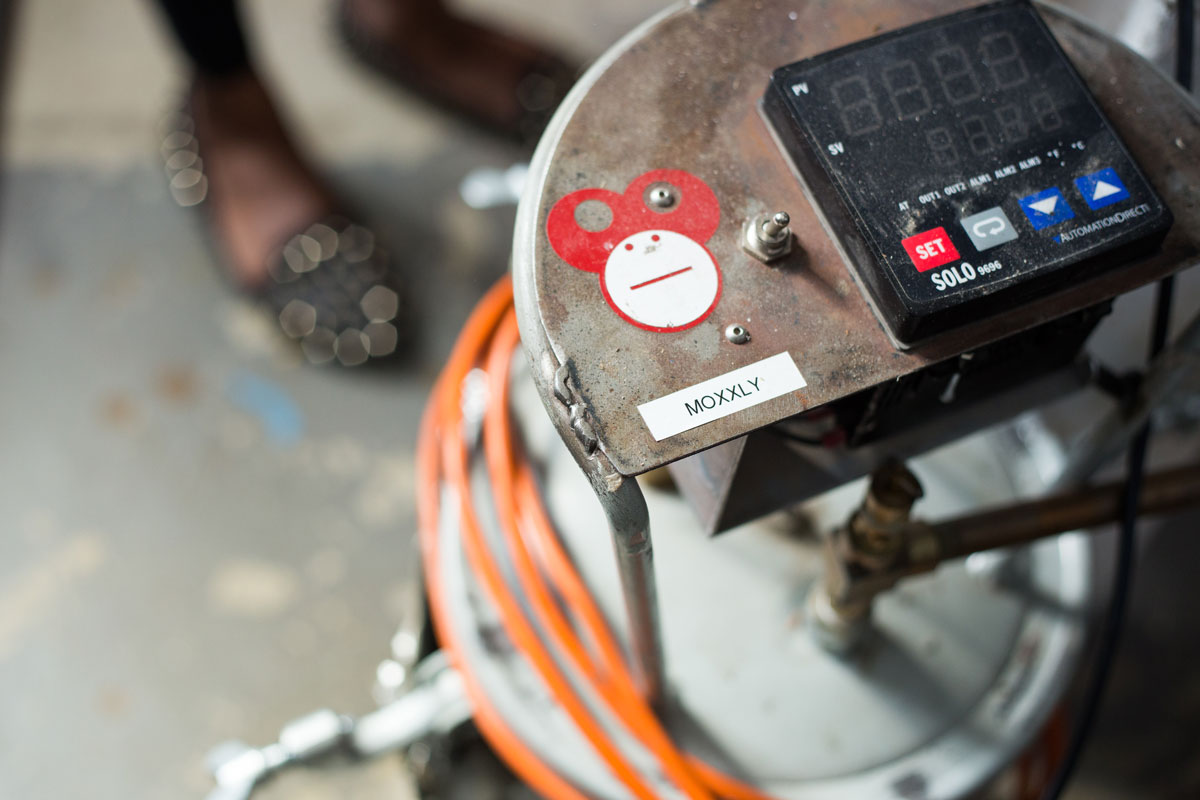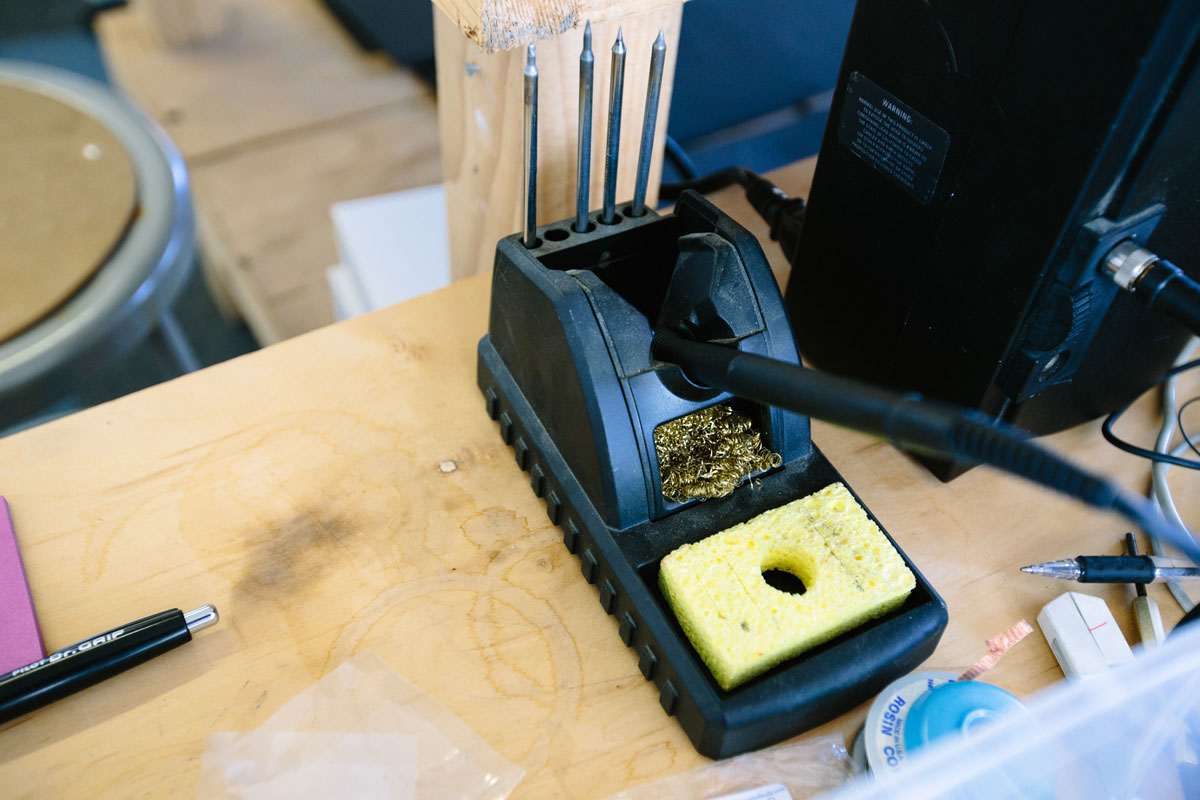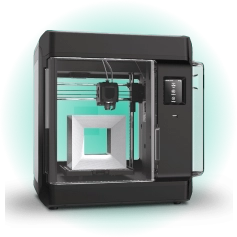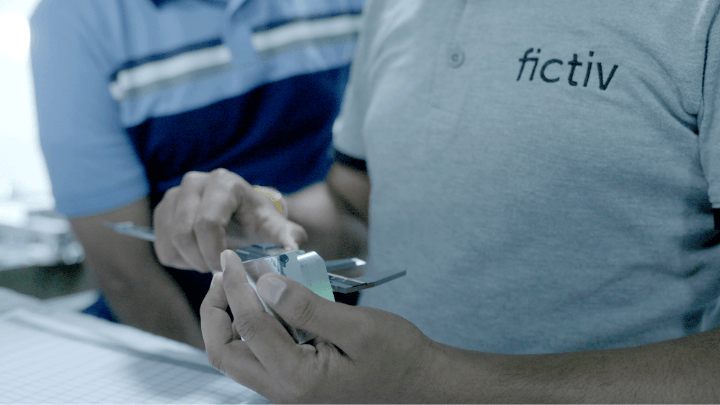Time to read: 8 min
Guide for startups on how to get the most out of hardware accelerator programs.
Amidst the many tools available to help hardware startups succeed, there’s the accelerator program. These programs are designed to do just what they imply —accelerate growth. But while the concept is simple, the application is more nuanced.
Gabrielle Guthrie and Santhi Analytis of Moxxly, a startup developing a high performing breast pump system, have experienced this first-hand. Armed with a Masters degree in Product design and a PhD in Mechanical Engineering from Stanford, respectively, Gabrielle, Santhi, and their Co-Founder Cara Delzer were accepted into Highway1’s accelerator program last year and are currently a part of Stanford’s StartX program.
In this Spotlight, Gabrielle and Santhi share their experience and insights on how hardware startups can best take advantage of accelerator programs. Read on for their candid thoughts around how to get into an accelerator program, tips for getting the most out of your program, and more.
Why Accelerators
A good place to start this discussion is in the exploration of how accelerator programs fit in and compare with other funding options, such as crowdfunding or traditional venture capital (VC) funding.
What’s important here is that it’s not an accelerator program or a Kickstarter campaign, an accelerator program or a traditional VC raise—it’s both and.
“It’s not the case that you incubate or Kickstart or just use seed funding,” says Gabrielle, “there’s all of those things happening at once and as a startup you’re constantly trying to figure out which variety and which route is right for you.”
“No one will tell you exactly what you should be doing; you’re still responsible for taking charge of your own growth opportunities”
For example, Moxxly went through Highway1, now they’re going through StartX, they will do a presale campaign in the future, they’ve closed a friends and family round as well as a seed round, and they’ll raise an equity round in the coming months. It’s not about choosing one path or the other.
To know what to look for in an accelerator program experience, let’s quickly explore some of the benefits.
Growth Acceleration
The main “why” of accelerator programs is they really do accelerate your growth. You could figure everything out on your own, but the fact is your team will comprise in the beginning of just a few people and you can only do so much with your time in a day.

Accelerator programs give you access to resources, allowing you to uncover knowledge that would normally take longer to discover.
Acceleration programs accelerate your network, your product growth, and your knowledge.
Structure
Depending on what stage you’re at, structure can be another incredibly helpful benefit of an accelerator program.
Working out of your home or garage is exciting at first, but eventually it’s tiring. Accelerators can help ground you with a place and a schedule.
Investment
Although there are a lot of services that make it easier now more than ever to make physical products, it’s still a time intensive, capital intensive industry. This means investors can be wary of the risks involved in investing in a hardware startup.
In Moxxly’s case, the support of an accelerator program helped mitigate some of those risks for investors.
Community
One of the greatest benefits of an accelerator program is the community and camaraderie they foster. “The community’s been really important because there’s people at different stages that have done things we haven’t yet,” Santhi shares.”There’s a lot of sharing between the companies that goes on, offering and receiving advice and tips.”
And, of course, there’s the 3am coffee-buzzed moments when it’s just great to see friendly faces working hard alongside you. The community you surround yourself with can be a powerfully motivating force.
Choosing the Right Program
Here are the main variables Gabrielle and Santhi considered when choosing the right program for their team.
Size
Is class size important to you?
For example, Highway1 takes around only 12 companies at a time, whereas StartX has 48 companies in its current batch.
With Highway1, Gabrielle and Santhi enjoyed getting to know each of the startups in a closer way and with StartX they’re able to take advantage of more breadth in terms of knowledge and experience.
Both sizes have pros and cons, so it largely depends on what you’re looking for.
Niche
Related to size, different accelerator programs have different focuses. Highway1, for example, is solely focused on hardware, which is generally a plus for hardware startups. Other hardware-focused accelerator programs include Lemnos Labs and Haxlr8r.
“Highway1 was a very natural choice for us in the beginning because it was hardware-focused,” Gabrielle says. “The broader focus of StartX, however, has benefited us because we span so many different aspects. We’re healthcare, we’re consumer facing, we’re hardware, we’re software — we’re all these things, which means we have all these challenges as well.”

Consider whether a focus on your product niche is important to you when choosing an accelerator program.
Location
Another considering factor for Moxxly was location. Both Highway1 and StartX are local in the Bay Area, which was an important variable for their team.
Ecosystem
What kind of ecosystem does each accelerator exist in and provide?
For example, Highway1 has PCH behind them for support in contract manufacturing, supply chain and distribution.
Consider what kind of ecosystem you’re looking for to support your growth in and beyond your time in the program.
Acceptance into a Program
Once you’ve chosen which program or programs you’re interested in, there’s the matter of being accepted!
For Gabrielle and Santhi, the main components of an attractive application are fairly straightforward and involve a balance of comprehensive features including:
- Your product
- Your team
- Your vision/passion
- Market size
“We had invested hours and hours and hours of time into user research to essentially provide the proof that once we built out our product, it would sell”
To have an attractive application, you need to show promise in all these overarching areas.
But the secret sauce if the Moxxly team had one?
Starting with user needs.
“Our prototype wasn’t fully developed when we applied for Highway1,” Gabrielle shares. “Rather, we had invested hours and hours and hours of time into user research to essentially provide the proof that once we built out our product, it would sell.”
Hearing other startups talk about “product-market-fit”? A totally foreign concept to the Moxxly team. “What do you mean you don’t know if people want this?!” Gabrielle exasperates, playfully.
“The fatal error of so many startups is they begin their user research after the product is too refined,” adds Santhi. “Then they don’t want to admit it because they’ve invested so much time and effort. We put the most time and effort up front into figuring out what users want.”
The key to acceptance into an accelerator is not a fully refined prototype. Rather, it’s a fully fleshed out idea that proves promise for future success, making it worth the investment in further work on the physical prototype.
Getting the Most out of Your Experience
Once you’re accepted into an accelerator program, the work has just begun.
It can be easy to let the time pass by, hunched over your laptop or workbench without taking full advantage of the resources available to you for a limited amount of time.

Here are some tips to help you maximize your time in an accelerator program:
Leverage Demo Day as a Tangible Milestone
Although Demo Day is in certain ways an arbitrary deadline, it can help you make faster decisions and stay on track.
“Just the act of having it there as a milestone that everything is working toward can help accelerate your pace and hone in your focus,” Gabrielle says.
At the beginning of the program, the Moxxly team established what they wanted to accomplish by the end of the session and then worked backwards from there to establish their development schedule.
As a hardware company, you need to have a hands-on spirit and a desire to learn, share and build proactively
“At the end of the 4-month period at Highway1 we wanted to have a finished alpha prototype, a full mechanical system, a demo of our sensors, and screenshots of how we wanted the app to look like. We got there,” say Santhi.
Demo Day, on the other hand, can be distracting if you’re not careful. Make sure that milestone is truly in line with your goals as a company since you shouldn’t skirt important processes solely in the interest of meeting the Demo Day deadline.
Be Proactive
Though there are many resources available to you in an accelerator program, you have to be proactive in their utilization.
“You could most certainly go through an accelerator program and never even set foot in the labs,” Santhi says. “As a hardware company, you need to have a hands-on spirit and a desire to learn, share and build proactively. No one will tell you exactly what you should be doing; you’re still responsible for taking charge of your own growth opportunities.”
So while before it may have been productive to stay heads-down at your computer, in an accelerator program it’s time to engage with the staff, mentors and entrepreneurs around you.
Be Savvy With Your Time
The balancing side of being proactive in leveraging resources is being savvy with your time.
When it comes to utilizing access to incredible mentors, for example, there are many available and it’s important to be prudent about who you reach out to.
“It takes a lot of time on your end to reach out to a mentor, so at Highway1 we honed in on a process of reaching out for help in a concise and focused way,” Gabrielle shares.
“We believe you can work hard, make kickass products, and meet your deadlines without killing yourself in the process”
When the team needed help from a mentor, they would pose their problem with this structure:
- Here’s our strengths
- Here’s what we need
- Can you help?
More specifically, they wrote up a one-pager with photos and diagrams, designed to get someone up to speed quickly with where they’re at and clearly show what they need.
“The initial goal is to make them understand, get them excited, and show them how they can help,” says Santhi. “The end goal is that you’re able to leverage their knowledge and expertise and both parties feel really great about the experience.”
So when reaching out to a mentor don’t just fire off a thoughtless email. Do your homework so you can be clear and concise in your ask.
Transitioning out of an Accelerator
The key to successfully transitioning out of an accelerator program is in maintaining structure to stay on track.
Demo Day isn’t the only milestone to leverage as a tangible goal to work toward; right now Moxxly is working toward beta testing as their tangible goal.
“We’ve had several revs of our prototype and now it’s just about making refinements,” say Santhi.

The Moxxly team also stays on track by implementing a structured schedule of iterative hardware sprints.
“We’ve been on a weekly design rev sprint for a couple months now,” shares Gabrielle. “We start with a hypothesis to test, 3D print, get it out to user testing, and then come back to make refinements and do it again.”
But the most important element of their culture, in and beyond accelerator programs, is work-life balance.
“There’s this implication within many startup that you don’t deserve to be a founder unless you give 20 hours of your life every single day,” Gabrielle considers. “But that’s not a sustainable model. We believe you can work hard, make kickass products, and meet your deadlines without killing yourself in the process. We’re in it for the long haul.”










